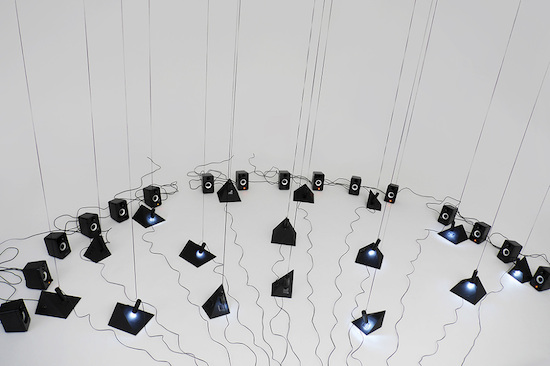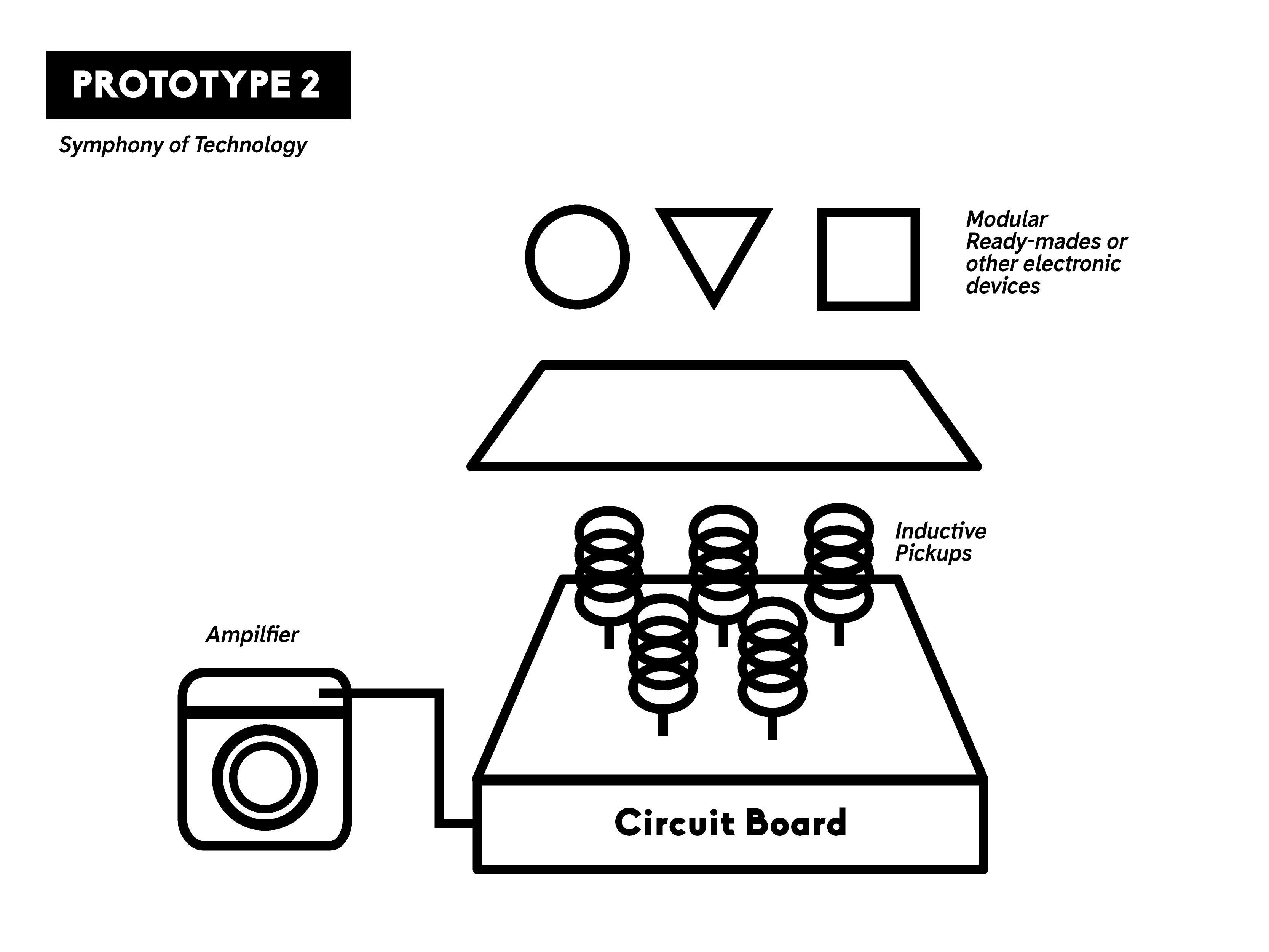Last week’s consultation directed me to zero in on the focus of making something more modular. Placement of bits and pieces and visuals and crafts can lead to different end results in creating sound.
In my first prototype( in progress) outlined in my previous post, my process shows that the assemblage could be in a way a tribute to the birth of analog music. Having a rotary system in my work reading a rotating visual of perforated holes or patterns feels pretty much like a phonograph.
Ina directed me depart more from that and go into creating a more modular construct which can create sets of different results when different modules are being removed or added.
Interesting Note: Leafcutter John, the guy giving the tutorial is one fifth of the Experimental Jazz band Polar Bear. I’ve been running through his youtube page for some interesting experimental sound tutorials that really helped me.
The following are some interesting case studies that I came across last week that triggered my idea for the second prototype:
1)
Via Video Description
” This is a demo video of ‘SoundLightSound’. ‘SoundLightSound’ is an audiovisual performance exploring feedback between sound and light. The amplitude of the sound is controlling the density of the light. An inductor is placed on each light, transforming the flowing current into sound, feeding it to the computer. It explores the transformation of data and the feedback that can be created between different media, often resembling the distortion of information (e.g. the news) and the vicious circles created by them.”
2)
Via Arduino Blog
“Developed by media artist Bojana Petkovic, Swamp Orchestra is an interactive sound installation that mimics the natural chorus of swamp creatures. The project is comprised of 16 light-sensitive sound modules, with each one producing noises from insects, frogs, amphibians, birds and other organisms. Each module responds to a flashlight, and the sound varies based on the amount of the light.”
Skimming through these interesting cases that made use of electrical current sounds and feedbacks, I felt that these are once again some intangible processes being brought to light.
So the next step to me naturally became: what if I can make electrical currents, in their rawest form, sing and communicate a symphony for us?
I immediately drafted a plan for multiple inductive pickups on a single board reading multiple electronic devices.
In this simple sketch, the idea of sending multiple signals to a single amp might not be feasible. Therefore, I’m thinking that it would be the best if I used multiple individual amplifiers for each pickup so that circuit noise wouldn’t drown out the feedbacks that I want from the pickups.


You must be logged in to post a comment.